Rwanda's killing fields: 30th anniversary of genocide
This month, world remembers one of the worst atrocities of the 20th century
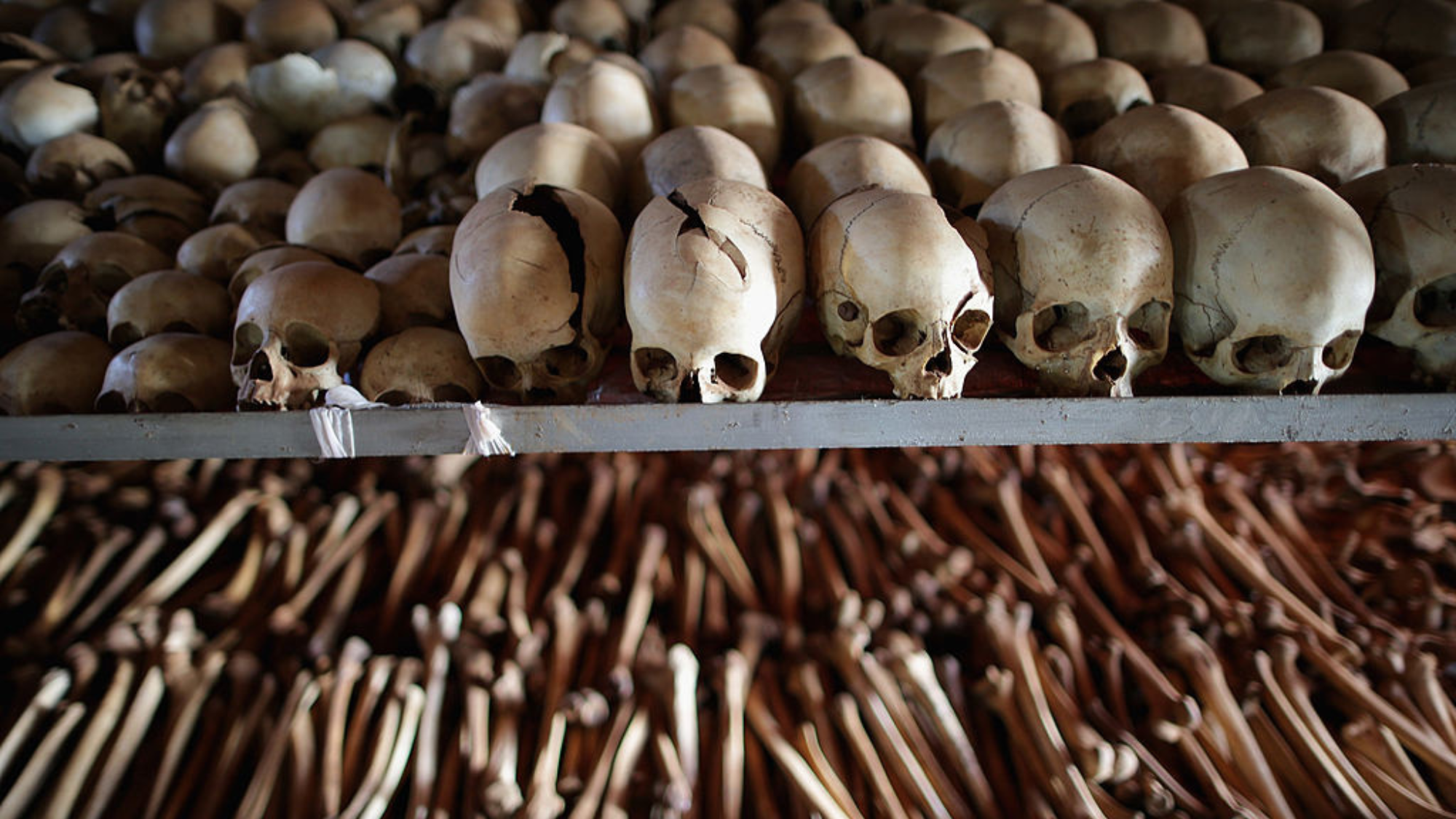
What precipitated the genocide?
On 6 April 1994, a plane carrying Rwanda's president, Juvénal Habyarimana, as well as his counterpart Cyprien Ntaryamira of Burundi, was shot down as it prepared to land in Kigali, the Rwandan capital. Within 30 minutes of the crash, roadblocks had been set up around the city to check identity cards (which listed people's ethnicity), and to kill those of Tutsi ethnicity on the spot.
To this day, it's not clear who shot down the plane. While many accused Tutsi rebels of killing the two leaders, who were both of Hutu ethnicity, some evidence suggests that Hutu extremists planned the attack as a catalyst for a genocide that had been planned long before. President Habyarimana had recently signed a compromise peace deal with Tutsi rebels, following fighting between 1990 and 1993, which had infuriated Hutu extremists.
Why were there tensions between the two groups?
Rwanda had historically been divided into three distinct ethnic, or caste, groups: Hutus, making up the vast majority; Tutsis, around 15% of the population; and the Twa, less than 1%. The Tutsis held the positions of power and tended to occupy higher social strata; they were cattle herders, soldiers and administrators, whereas Hutus were historically farmers. These castes were formalised under Belgian colonial rule. In 1959, shortly before independence, the Hutus overthrew the Tutsi monarchy, and massacred Tutsis, tens of thousands of whom fled to neighbouring countries – including Uganda. There, a group of Tutsis formed the Rwandan Patriotic Front (RPF), a rebel group that fought a civil war against the Rwandan army from 1990 on. This increased anti-Tutsi feeling in Rwanda, particularly in the ruling MRND party, which was rooted in "Hutu Power" ideology.
The Week
Escape your echo chamber. Get the facts behind the news, plus analysis from multiple perspectives.

Sign up for The Week's Free Newsletters
From our morning news briefing to a weekly Good News Newsletter, get the best of The Week delivered directly to your inbox.
From our morning news briefing to a weekly Good News Newsletter, get the best of The Week delivered directly to your inbox.
How did the genocide unfold?
Horrifyingly fast. Over the course of about 100 days from 6 April, around 800,000 people were killed, mostly Tutsis, as well as moderate Hutus and Twa. One in ten Rwandans – and 70% of the Tutsi population – died. The MRND's paramilitary youth wing, the Interahamwe (meaning those who work or fight together), was turned into a militia to carry out a carefully planned slaughter. Government-controlled radio stations spewed out propaganda, calling on Rwandans to kill the "cockroaches", and the Hutus who gave them sanctuary. The names of prominent people to be killed were read out on the radio. Leaders in the south, which had a large Tutsi population, initially resisted, but were either killed or forced to comply.
Hutu husbands murdered their own Tutsi wives; teachers killed pupils; priests and nuns killed those who came to churches to take shelter. The killers were incentivised to murder with the promise of food, livestock, money and rape, and were often told they could keep the land or property of those they killed. Most victims were hacked to death with machetes.
How did other countries respond?
The UN had a peacekeeping force in Rwanda, but on 7 April ten Belgian soldiers sent to guard the prime minister Agathe Uwilingiyimana were murdered (as was she). The leader of the UN force, Roméo Dallaire, asked for extra troops in order to stop the killings. The UN Security Council refused. Instead, UN troop numbers were reduced from 2,548 to 270.
In 1999, a UN report found that the UN and its member states had failed Rwanda deplorably in 1994, ignoring evidence a genocide was planned, and refusing to act once it was under way. France, as a close ally of the government, has been accused of actively supporting, and providing arms for, the génocidaires; and of helping them to escape Rwanda.
A free daily email with the biggest news stories of the day – and the best features from TheWeek.com
How did the genocide end?
The RPF's rebel army, which was well organised and backed by Uganda, responded to the genocide by launching an offensive against the Rwandan armed forces. By 4 July, the RPF, led by Paul Kagame, had taken Kigali. On 19 July 1994, a government of national unity was established in Rwanda, with Pasteur Bizimungu, a Hutu, appointed president, and Kagame, a Tutsi, vice-president (Kagame soon emerged as the de facto leader).
Over two million Hutus fled to neighbouring countries – mostly the Democratic Republic of the Congo (then Zaire), as well as Tanzania and Burundi – for fear of retaliatory attacks. Many such attacks did take place. (At Kibeho, a Hutu displaced-persons camp in Rwanda, the RPF killed 4,000 people in one day in April 1995.) Conflicts between Rwandan-backed forces and Hutu refugees in eastern Zaire precipitated a major conflict.
Were the perpetrators brought to justice?
In 1994, the UN Security Council established the International Criminal Tribunal for Rwanda. Sitting in the Tanzanian city of Arusha, the tribunal indicted 93 of those in power at the time. It convicted 62, including Théoneste Bagosora, the officer regarded as the architect of the genocide. Rwanda's national courts tried lower-level figures; 22 were shot by firing squad. But the vast majority of alleged killers were tried in gacaca (grass) courts, a form of customary local justice designed to encourage reconciliation (although the lack of formal procedures meant that critics see them as show trials). Between 2005 and 2012, 12,000 gacaca courts tried 1.9 million genocide cases.
What is the situation now?
Kagame has continued to rule, with an increasingly iron grip. He won the last election in 2017 with 98.8% of the vote, and opponents are often imprisoned, and some meet unexplained deaths. The RPF is a one-party state, but it is one that has made Rwanda one of the most stable and safe countries in Africa – and has brought economic growth of around 8% per year. Ethnic self-identification is officially banned, and the genocide is not often spoken about, outside of official remembrance ceremonies.
-
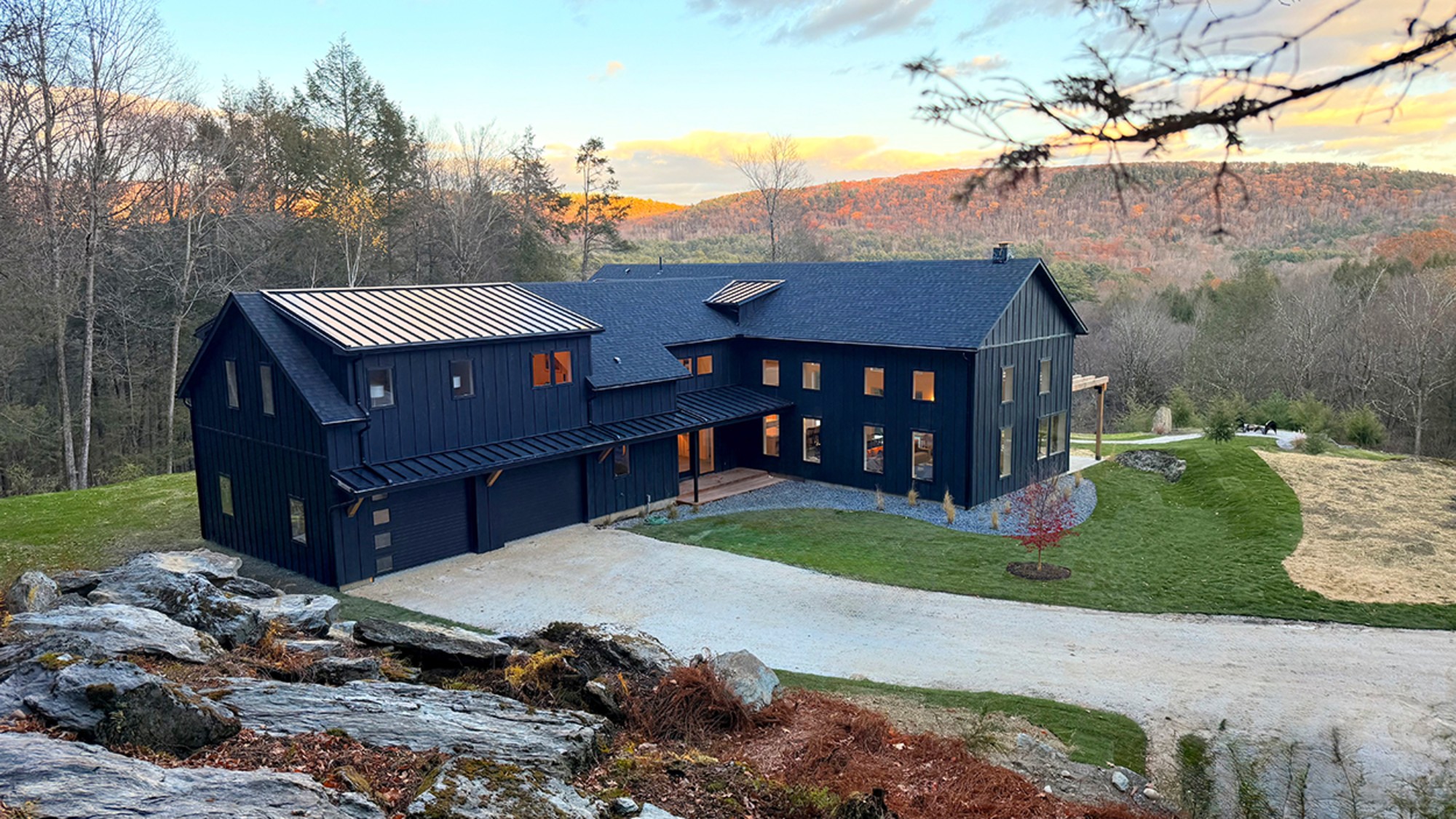 Homes with great fireplaces
Homes with great fireplacesFeature Featuring a suspended fireplace in Washington and two-sided Parisian fireplace in Florida
-
 Is $140,000 the real poverty line?
Is $140,000 the real poverty line?Feature Financial hardship is wearing Americans down, and the break-even point for many families keeps rising
-
 Film reviews: ‘The Secret Agent’ and ‘Zootopia 2’
Film reviews: ‘The Secret Agent’ and ‘Zootopia 2’Feature A Brazilian man living in a brutal era seeks answers and survival and Judy and Nick fight again for animal justice
-
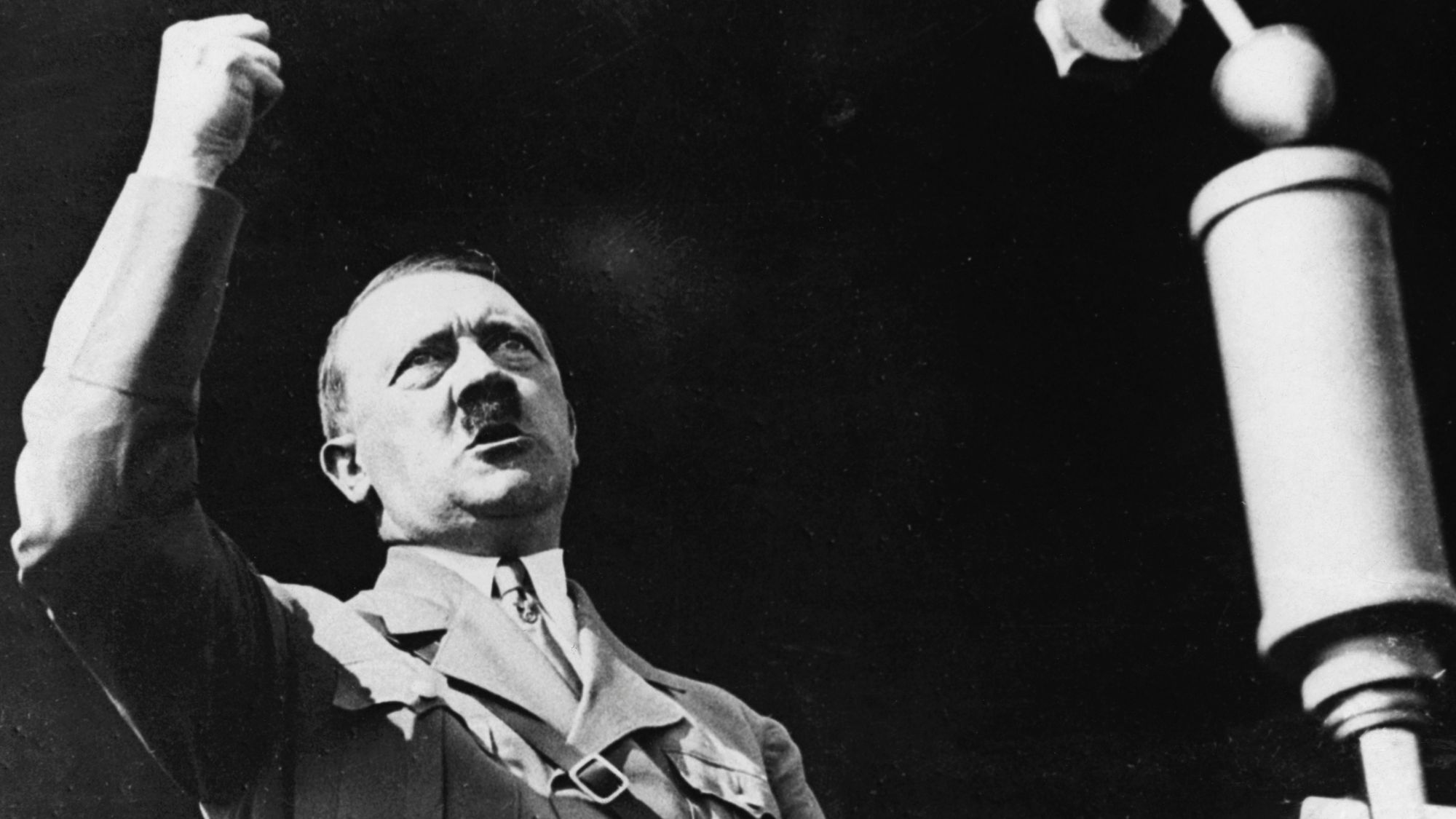 Hitler: what can we learn from his DNA?
Hitler: what can we learn from his DNA?Talking Point Hitler’s DNA: Blueprint of a Dictator is the latest documentary to posthumously diagnose the dictator
-
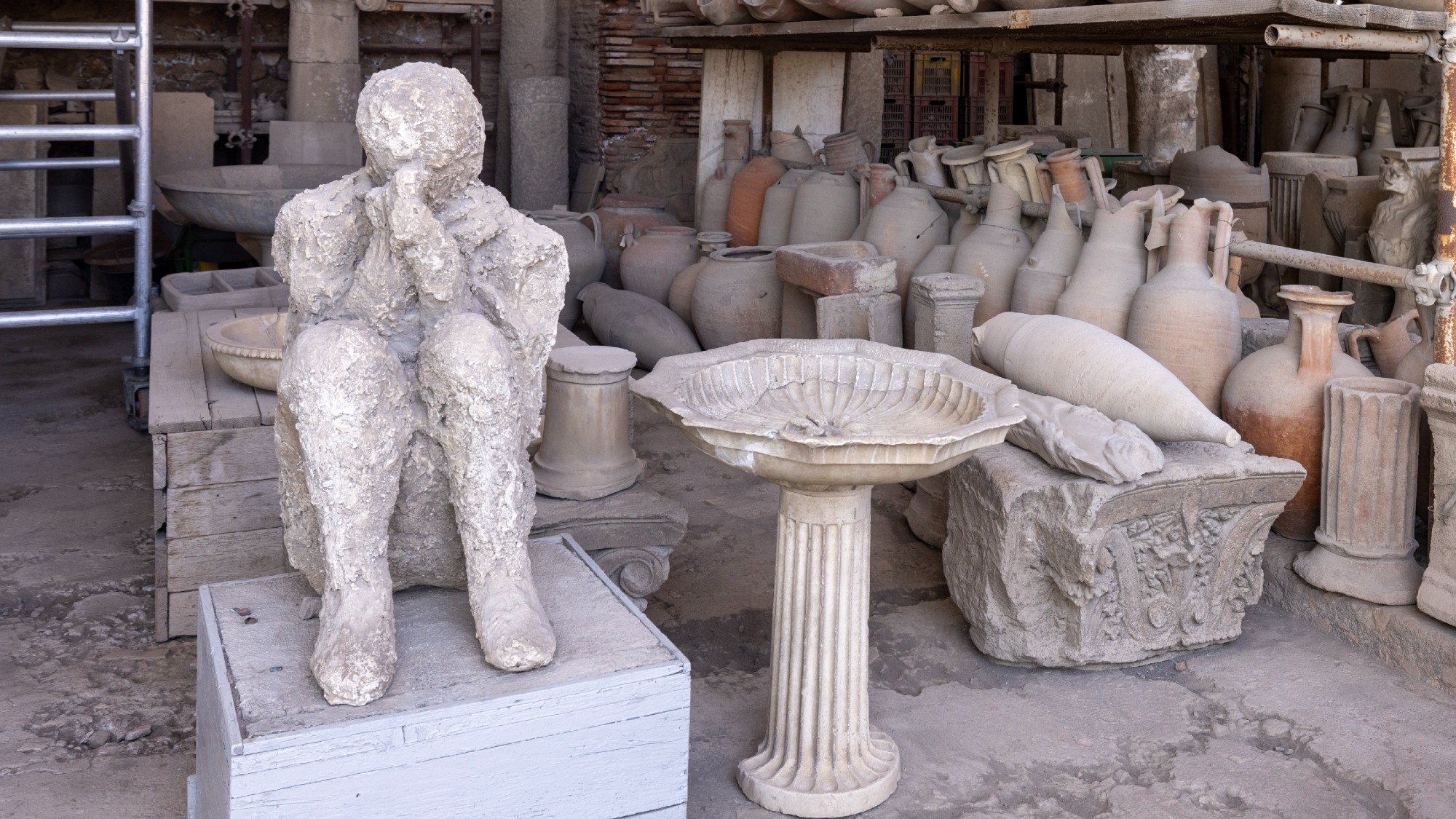 The seven strangest historical discoveries made in 2025
The seven strangest historical discoveries made in 2025The Explainer From prehistoric sunscreen to a brain that turned to glass, we've learned some surprising new facts about human history
-
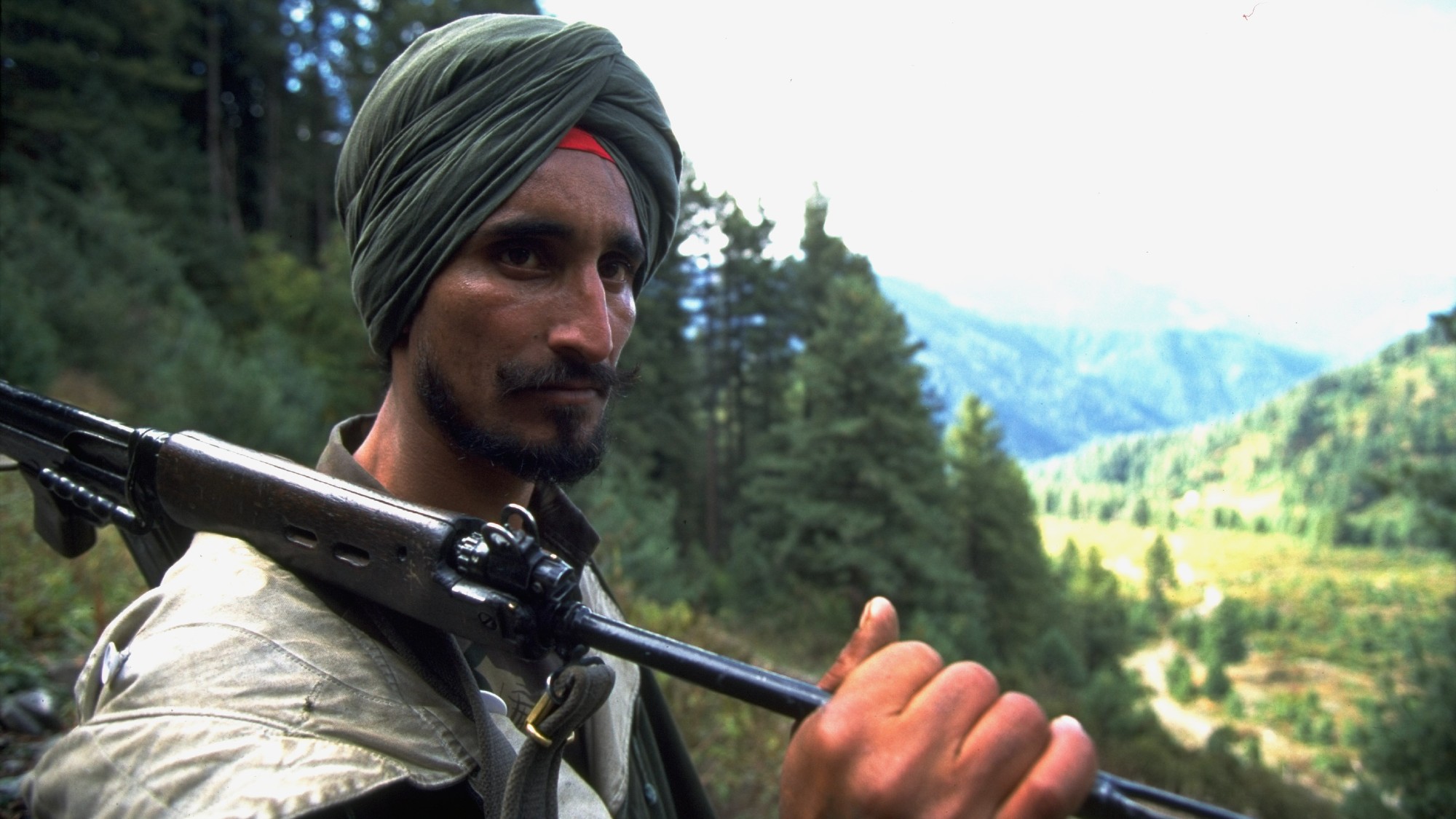 How did Kashmir end up largely under Indian control?
How did Kashmir end up largely under Indian control?The Explainer The bloody and intractable issue of Kashmir has flared up once again
-
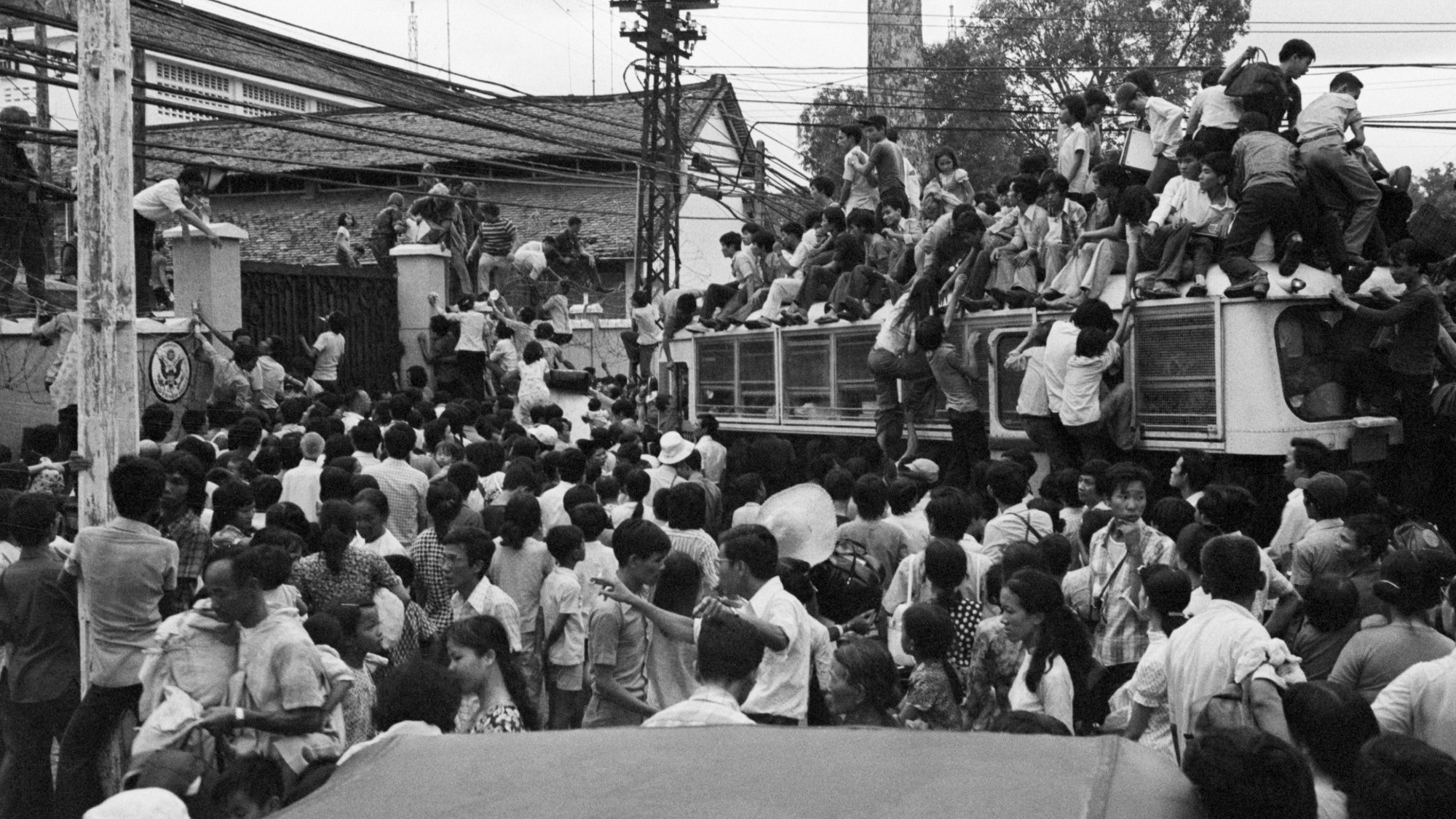 The fall of Saigon
The fall of SaigonThe Explainer Fifty years ago the US made its final, humiliating exit from Vietnam
-
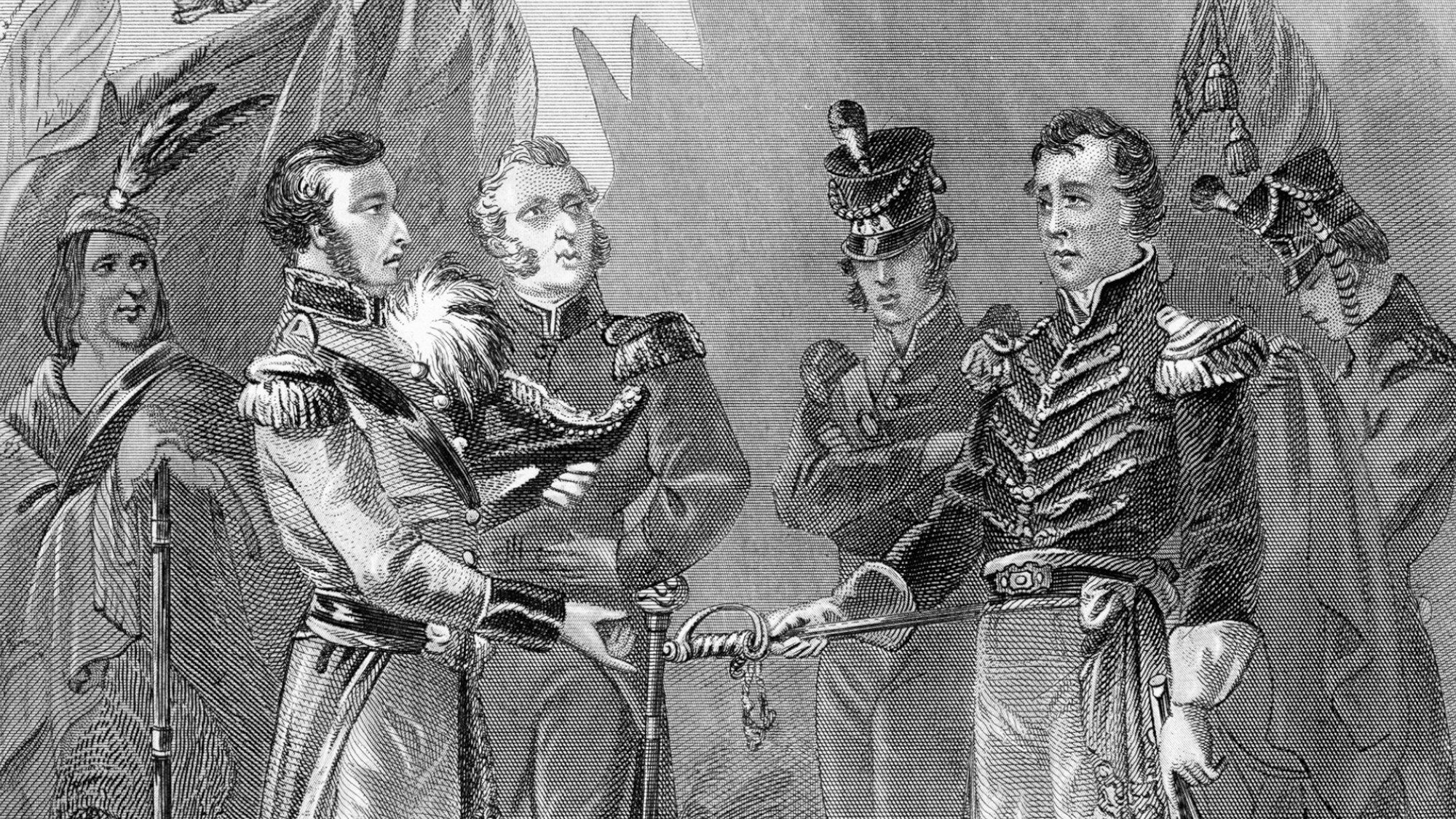 When the U.S. invaded Canada
When the U.S. invaded CanadaFeature President Trump has talked of annexing our northern neighbor. We tried to do just that in the War of 1812.
-
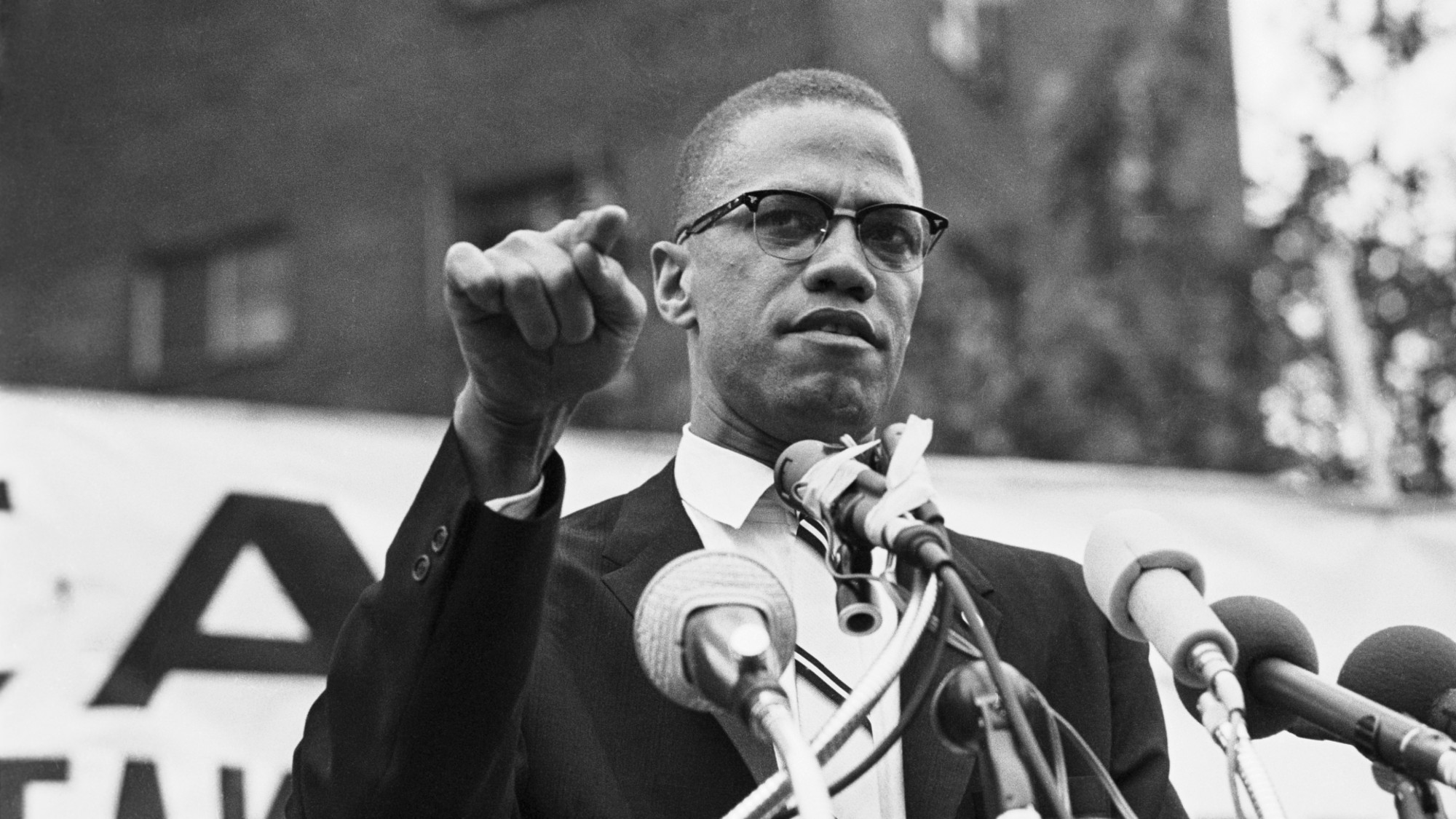 The assassination of Malcolm X
The assassination of Malcolm XThe Explainer The civil rights leader gave furious clarity to black anger in the 1960s, but like several of his contemporaries met with a violent end
-
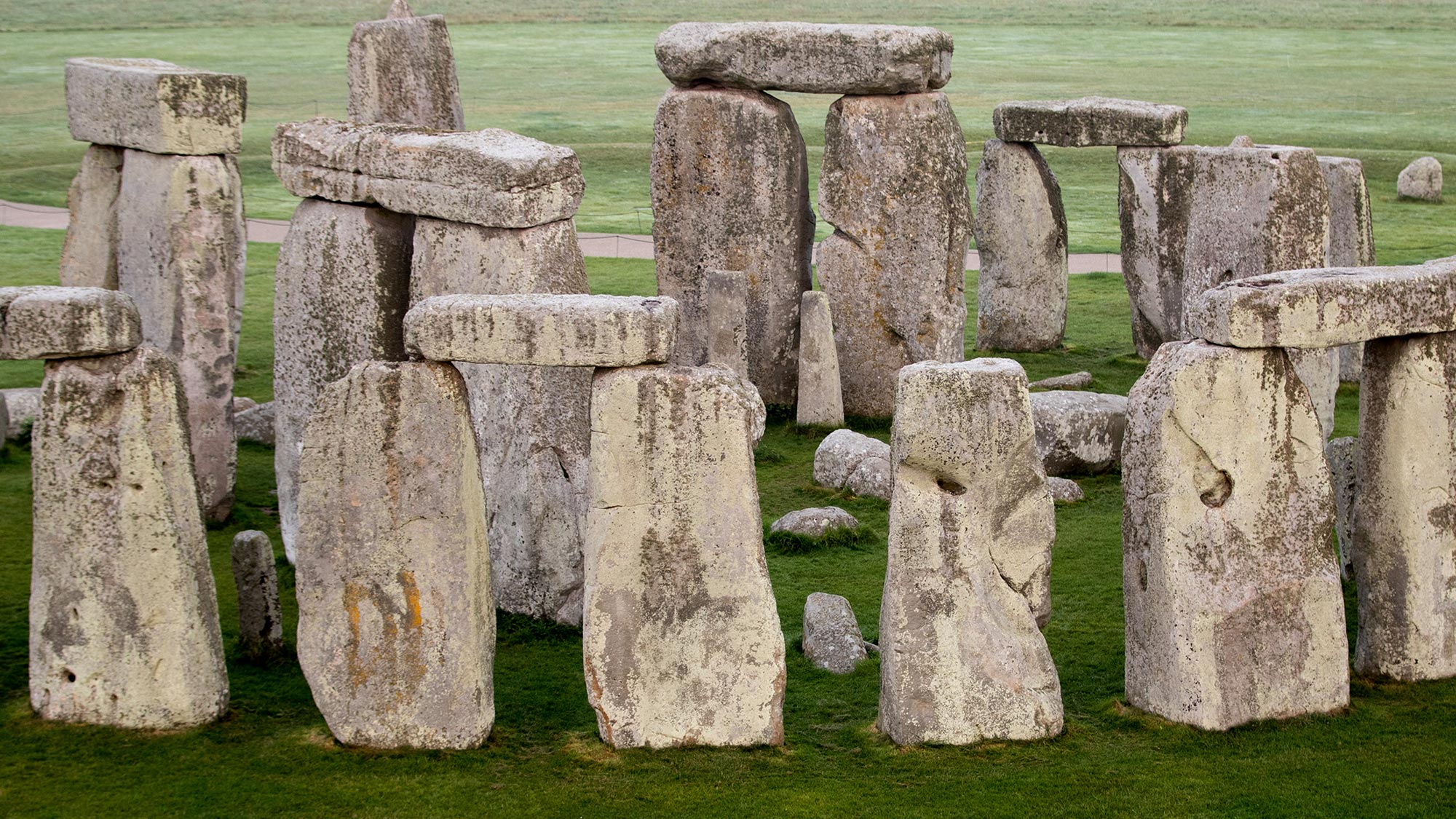 Stonehenge: a transformative discovery
Stonehenge: a transformative discoveryTalking Point Neolithic people travelled much further afield than previously thought to choose the famous landmark's central altar stone
-
 D-Day: how allies prepared military build-up of astonishing dimensions
D-Day: how allies prepared military build-up of astonishing dimensionsThe Explainer Eighty years ago, the Allies carried out the D-Day landings – a crucial turning point in the Second World War